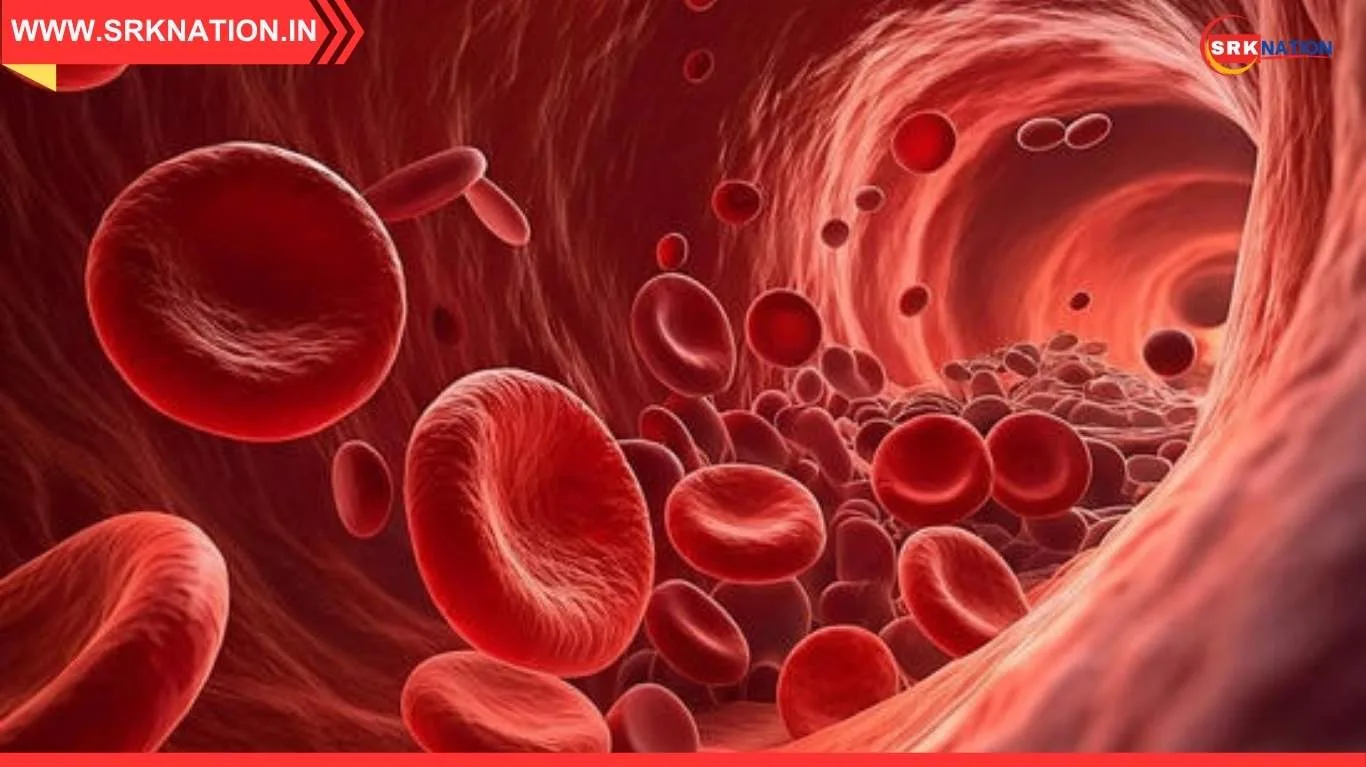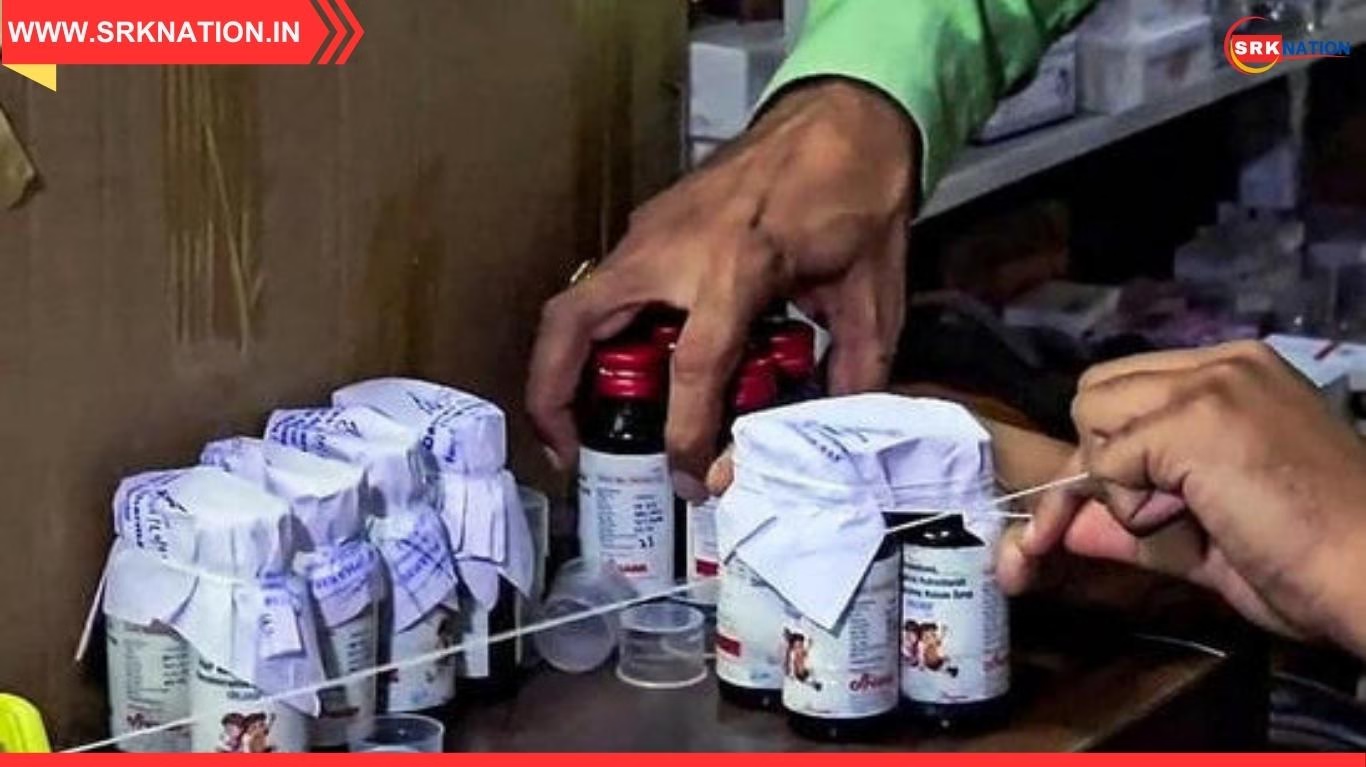Low blood pressure, or hypotension, is often overlooked compared to hypertension but can cause significant discomfort, dizziness, fatigue, and even fainting spells. While chronic hypotension needs thorough evaluation, sudden dips can be managed effectively through quick, practical measures. Cardiologists recommend specific strategies to raise blood pressure safely and improve circulation when symptoms arise.
What is Low Blood Pressure?
Blood pressure below 90/60 mmHg is generally considered low. However, symptoms and treatment depend on individual baseline pressures and underlying health conditions. Causes include dehydration, prolonged standing, sudden posture changes, medications, hormonal imbalances, or heart conditions.
Common Symptoms of Hypotension
- Light-headedness or dizziness
- Blurred vision
- Weakness and fatigue
- Nausea
- Cold, clammy skin
- Fainting episodes
Here are 5 Quick Cardiologist-Recommended Steps to Raise Low Blood Pressure Safely:
1. Drink Water Immediately
Why it helps:
Dehydration is a common cause of hypotension, reducing blood volume and pressure.
What to do:
- Drink a full glass (200-250 ml) of water quickly upon feeling dizzy or weak.
- If dehydration is severe (e.g. after vomiting, diarrhoea, or excessive sweating), oral rehydration solutions (ORS) or electrolyte drinks are more effective to restore sodium and fluid balance.
Cardiologist Tip:
Drinking water increases blood volume and activates the sympathetic nervous system, slightly raising blood pressure within minutes.
2. Lie Down and Elevate Your Legs
Why it helps:
Hypotension often results from pooling of blood in the legs due to gravity, especially after standing for long durations.
What to do:
- Lie down flat and raise your legs above heart level using a pillow or by resting them on a chair or wall.
- Stay in this position for 5-10 minutes to allow blood to return to the heart and brain, improving blood pressure and relieving dizziness.
| Scenario | Recommended Position | Duration |
|---|---|---|
| Sudden dizziness while standing | Lie down with legs elevated | 5-10 minutes |
| Feeling faint while sitting | Bend forward and put head between knees | 2-3 minutes |
3. Eat a Small Salty Snack
Why it helps:
Sodium helps retain water in the body, thereby increasing blood volume and pressure.
What to do:
- Consume a small salted biscuit, handful of salted peanuts, or electrolyte tablet if you are not on a salt-restricted diet.
- Avoid excessive salt intake routinely, especially if you have heart failure, kidney issues, or hypertension.
Cardiologist Tip:
Dr. Anupama Rao, Senior Cardiologist, says:
“For sudden hypotension, a light salty snack can stabilise pressure quickly. But chronic low BP needs evaluation for causes like adrenal insufficiency or autonomic dysfunction.”
4. Cross Your Legs While Sitting or Perform Isometric Exercises
Why it helps:
Crossing legs and tensing leg muscles improve venous return, thus increasing blood pressure temporarily.
What to do:
- While sitting, cross your legs at the knee level and press thighs together.
- Alternatively, perform isometric handgrip exercises (e.g. squeezing a rubber ball for 2 minutes) to raise systolic BP by up to 10-15 mmHg.
5. Avoid Sudden Position Changes
Why it helps:
Standing up quickly from sitting or lying down causes blood to pool in the legs due to gravity, reducing blood flow to the brain.
What to do:
- Sit up slowly from lying down, pause for 30 seconds, then stand up gradually.
- On waking up, sit at the edge of the bed with feet on the ground for a minute before standing.
| Situation | Recommended Action |
|---|---|
| Waking up in morning | Sit at bed edge, deep breathe, then stand |
| Feeling faint after long standing | Contract leg muscles or cross legs |
| Getting up from floor quickly | Rise slowly with support |
Additional Preventive Measures
While the above steps provide quick relief, if you experience frequent or unexplained hypotension, consult a doctor to check for:
- Anaemia
- Heart valve disorders
- Bradycardia (slow heart rate)
- Adrenal gland insufficiency
- Severe infections or endocrine issues
Foods and Drinks Helpful in Regulating Blood Pressure
| Food/Drink | Effect | Notes |
|---|---|---|
| Water | Increases blood volume | Aim for 2-3 litres/day |
| Salted buttermilk | Hydration + sodium boost | Avoid excess salt daily |
| Coffee | Short-term BP increase | Use cautiously in heart patients |
| Licorice tea | May raise BP slightly | Consult doctor before use |
| Small, frequent meals | Prevents post-meal hypotension | Especially in elderly |
When to Seek Emergency Care?
Seek immediate medical attention if hypotension is accompanied by:
- Chest pain or tightness
- Breathlessness
- Severe weakness or fainting
- Confusion or slurred speech
These could indicate heart attack, arrhythmia, stroke, or severe dehydration requiring urgent intervention.
Expert Opinion
Dr. Rahul Gupta, Cardiologist, Medanta Hospital:
“Sudden dips in blood pressure are manageable with hydration, leg elevation, and posture correction. But persistent low BP, especially with fainting, warrants cardiac and endocrine evaluation.”
Common Myths about Low Blood Pressure
| Myth | Reality |
|---|---|
| Low BP is always good | Very low BP can cause dizziness, falls, and shock |
| Salt is the only solution | Hydration, posture, and medical evaluation are equally important |
| Coffee is safe for all | May trigger palpitations in heart patients |
| Only elderly get hypotension | Young women often have low BP due to hormonal factors |
| Drinking alcohol helps | Alcohol actually causes further drop in BP |
Conclusion
Low blood pressure can often be corrected quickly with water intake, posture adjustments, small salty snacks, and muscle tensing exercises. However, chronic or severe hypotension requires proper diagnosis to address underlying causes. Always consult your physician if symptoms persist to ensure your cardiovascular health remains strong and stable.
Disclaimer: This report is for public health information only and does not substitute professional medical advice. Consult your doctor for personalised evaluation and treatment.











